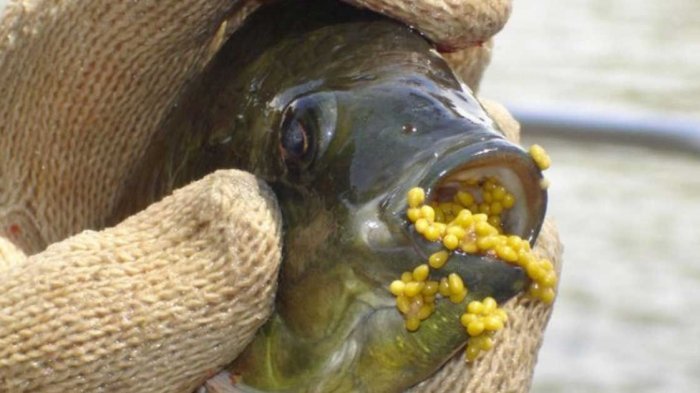Sustainable aquaculture development is now a global issue. One of them is the utilization of aquaculture waste which still contains high amounts of nutrients. Conflicts around shrimp farming locations often occur due to aquaculture waste which can cause unpleasant odors and pollution of public waters for the final disposal of aquaculture waste.
The development of aquaculture waste utilization technology can be an important capital to strengthen the potential of Indonesian fisheries, including the development of aquaponic technology for agricultural fertilizer production and feed production of ephipia Moina macrocopa (crustacean; kladosera) as fish and shrimp larvae feed.
The need of natural food for fish and shrimp is currently being fulfilled from imported Artemia cysts. The need for artemia cysts in Indonesia in 2018 reaches ± 160 tons, on the other hand, Indonesia has many species of zooplankton that can be developed as natural feed for fish and shrimp larvae, including Moina macrocopa.
Moina macrocopa as natural feed gives advantages including from its body size (± 400 um), and nutritional value comparable to Artemia (Loh et al . 2013). Moina can breed and grow quickly, and can be cultivated using agricultural waste, livestock feed and the food industry (Patil et al . 2010; Dodson et al . 2010).
Aquaculture / faecal waste has been used for cultivation of Moina macrocopa and results in high population density (Loh et al. 2009 ;: 2013). Utilization of Moina macrocopa as a natural feed for fish and shrimp larvae has not been optimized because Moina cultivation is carried out like fish farming. Therefore, it is necessary to find a new breakthrough so that Moina is no longer cultivated, but uses hatched ephipia as the practical use of Artemia as natural food.
Through research funded by excellent research at Universitas Airlangga Faculty of Fisheries and Marine, the research team are trying to examine the utilization of tilapia aquaculture waste for the production of Moina macrocopa ephipia.
Our results showed that tilapia waste contain 16.27% protein, 1.84% fat, and 18.27% carbohydrate. Moina macrocopa cultivation using tilapia waste feed can produce ephipia 69-75% of the total mated females. The resulting ephipia contained high egg production at 89.58 ± 4.7%, but with a low hatching rate at 20.33 ± 2.36%.
The use of tilapia waste as feed in moina cultivation still requires modification or enrichment of nutritional values, especially the addition of fat to improve the quality and the capacity of the ephipia produced. (*)
Author: Reni Oktaviani, Ahmad Shofy Mubarak, Sudarno Sudarno
The full article can be accessed through the following link





